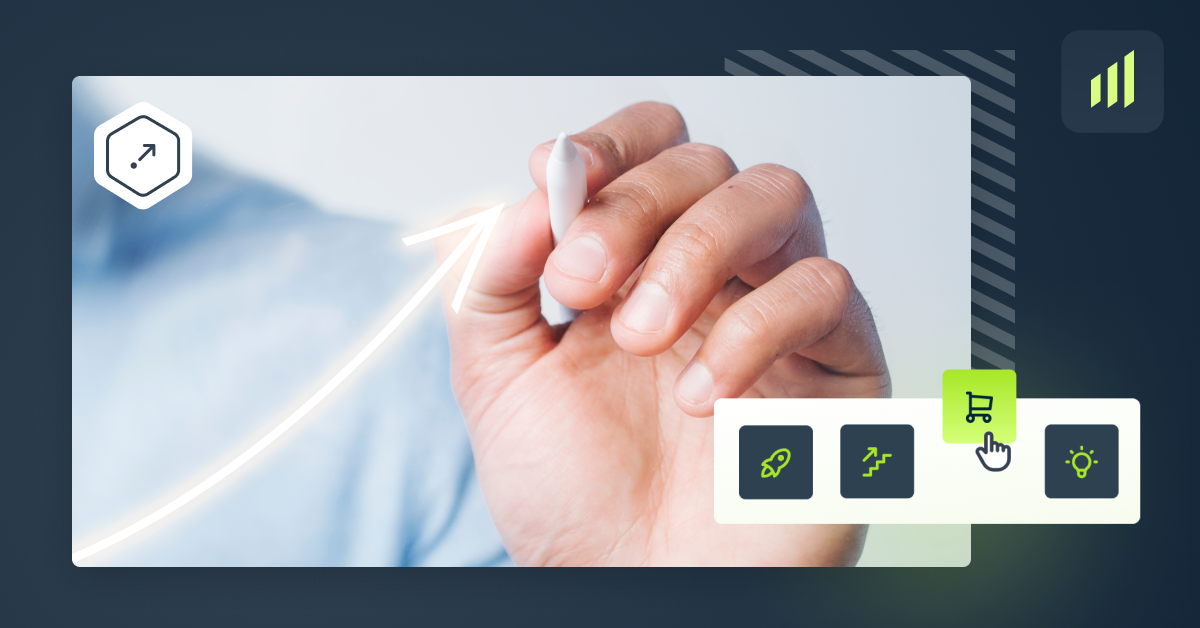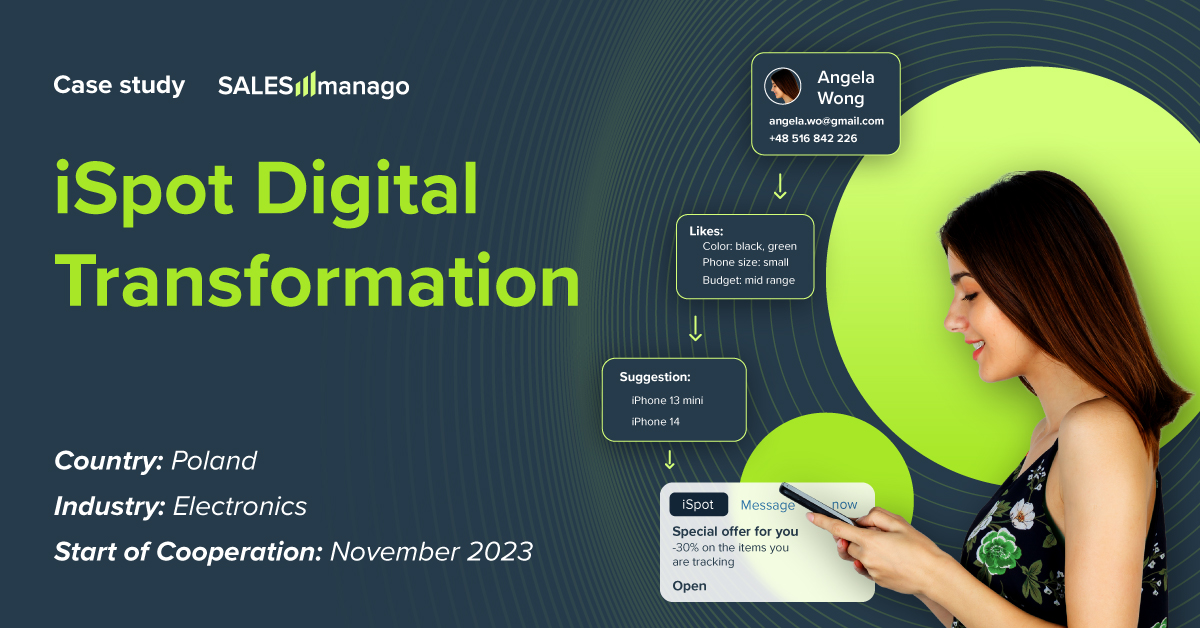
By Brian Plackis Cheng, CEO at SALESmanago
Navigating the journey of business growth in today’s digital landscape is a complex and ever-changing challenge. As a CEO, your role has evolved, and the concept of growth hacking has become essential for steering your company through the various stages of growth. It is not just about survival anymore, it’s about thriving and outpacing the competition in an environment that demands both agility and innovation.
In the article “What Got You Here, Won’t Get You There” I discussed the evolving nature of leadership as companies progress through different stages of development. In this article, I continue that conversation, focusing on the unique challenges and strategies needed to overcome them in the realm of eCommerce.
The Emerging Stage
When you’re just starting out, the focus is clear: Find your product and market fit. In the early days, your company is small, your resources are limited, and the market is just beginning to notice you. The success of this phase hinges on your ability to establish a solid foundation with whatever you have on hand. It’s about being lean, scrappy, and making every dollar count.
This is the time when unleashing your creativity and hustle not only comes natural, but is actually precisely the thing you need. Low-code and no-code solutions become your best friends because they allow your team to experiment and implement without having to wait on IT. It’s about speed, agility, and being able to pivot at a moment’s notice. Email is your go-to channel here, mastering it is pretty sufficient to keep a relevant bond with a relatively small customer base, considering the limited data you have.
Scaling Challenges
But then, as your business begins to gain traction, you face a new challenge: scaling. This isn’t just about doing more of the same—it’s about doing it better, faster, and more efficiently. You need to develop a repeatable and profitable growth model. This is where you start refining your product, expanding your marketing channels, and personalizing your customer experience. Possibly, at this stage, you draw the attention of the customers from other geographic regions.
It’s not enough to just get your name out there; now you need to be strategic about who you’re targeting and how you’re engaging with clients. Your marketing efforts need to be data-driven, and your operations need to be streamlined to handle the increased demand. Scaling isn’t just about growth; it’s about growing smartly.
Market Maturity
As your company matures, the focus shifts from market share to market leadership. This is where the stakes get higher. You’re actively looking at geographic expansion, product diversification, and deepening your relationships with customers. It’s not just about getting customers anymore; it’s about keeping them engaged, loyal, and coming back for more.
AI and machine learning start to play a bigger role here, helping you personalize experiences and predict customer behavior. But with growth comes complexity, and your infrastructure needs to be robust enough to support it. You’re no longer just a scrappy startup—you’re a serious player in the market.
Market Innovator
And then, there’s the final phase: Becoming an innovator in your industry. This means leading, not following. You pioneer and set the pace. Coming up with cutting-edge technology—like AI-fueled personalisation analytics, content and segmentation, orchestrating omnichannel messaging and 1:1 customer personalisation—exploring new markets, and constantly pushing the boundaries of what is possible.
But innovation at this stage extends beyond technology; it requires leadership, adaptability, and a culture of continuous improvement. At this stage, your role as a CEO becomes more about strategic oversight than day-to-day management. You’re building a team that can take on the operational tasks, so you can focus on guiding the company’s vision and strategy.
The Successful CEO
In the age of growth hacking, the most successful CEOs are those who can navigate the complexities of business growth with a clear vision, a flexible approach, and an unwavering commitment to innovation. And as you lead your company through these phases, remember that the strategies you employ today will define your ability to not just survive, but to dominate in the digital landscape of tomorrow.
So, what are the strategies every CEO needs to know in the age of growth hacking? It’s about:
starting lean,
scaling smart,
securing your market,
and then innovating to stay ahead.
It’s about understanding that growth is not linear and that each phase demands its own set of tools and tactics. Above all, it’s about being the kind of leader who embraces change, fosters a culture of continuous learning, and always has one eye on the horizon, ready to steer your company to new heights.
Latest posts

iSpot's Digital Transformation: How Poland's Apple Premium Partner Achieved 70x ROI with SALESmanago
When Poland's leading Apple Premium Partner sought to transform their customer experience from transactional to relational, they turned to SALESmanago. The results? A staggering 70x ROI, email engagement rates 1,334% higher than industry standards, and a seamless omnichannel experience that perfectly complements their premium product offerings. Here'...

Customer Engagement Software: The Complete Guide
There are modern tools today that help companies interact better with customers and build stronger relationships based on trust and loyalty. Customer engagement software (CES) is a smart investment for both small businesses and larger companies. The importance of CES lies in its ability to centralize communication, personalize expe...

#Growth Hack Series: Master Acquisition with Web Engagement Studio
Your website is leaking opportunities. Every. Single. Day.You're driving traffic. You're investing in campaigns. But most of your visitors exit without leaving anything behind—no d...
